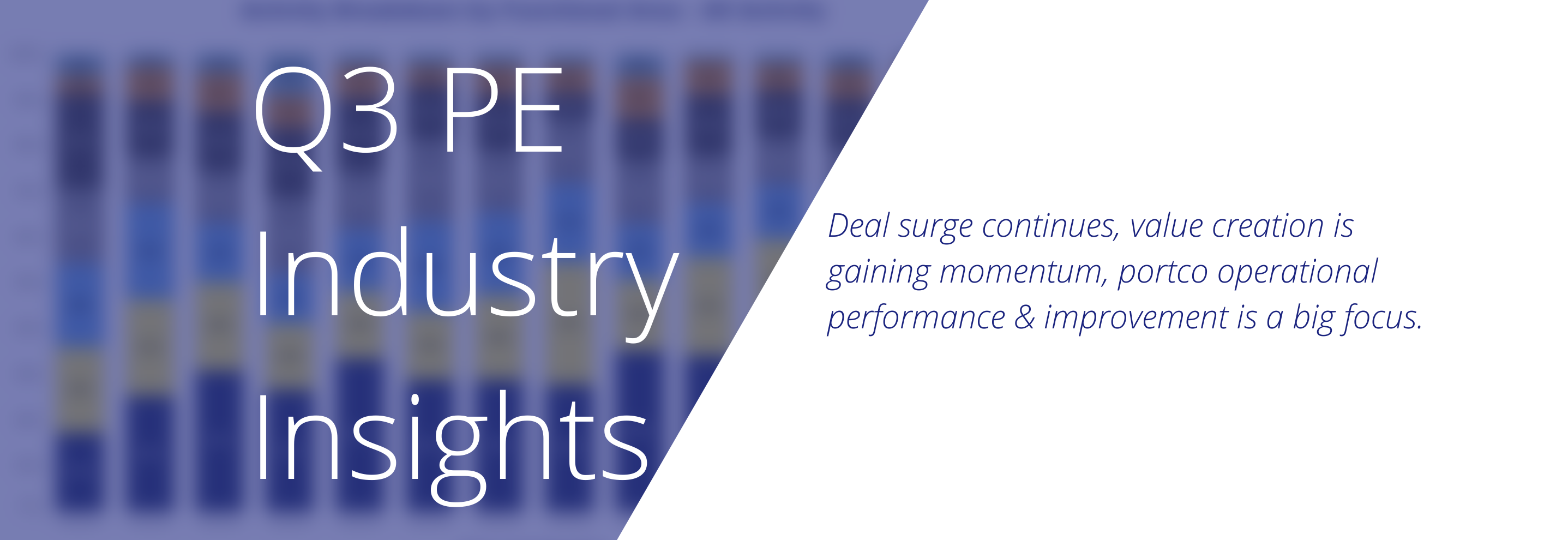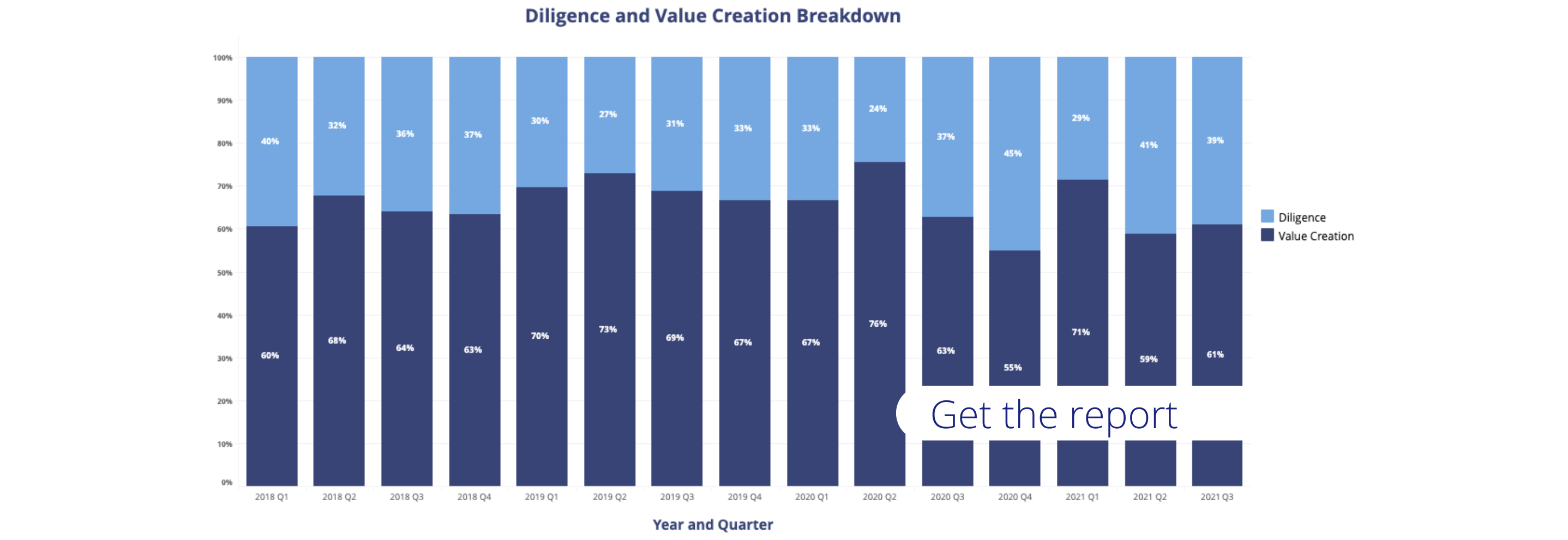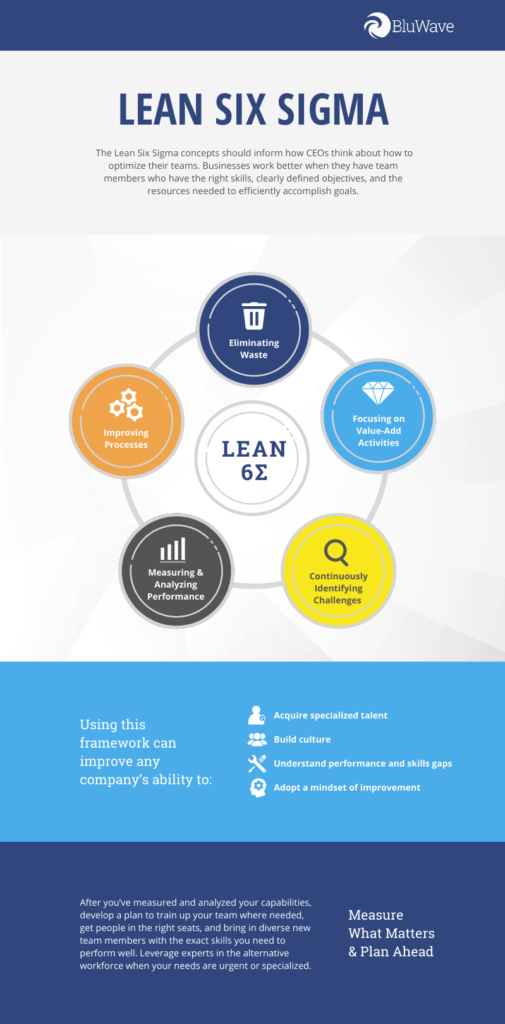Russ Roberts is not your typical economist. As the longtime host of the podcast EconTalk, the John and Jean De Nault Research Fellow at Stanford University’s Hoover Institution, and a collection of economics-related books to his name, it would be easy to throw him into a traditional category. But, as the current President of Shalem University in Jerusalem recently told me: “My perspective on economics is constantly evolving as I learn more about what it is to be a human.”
Roberts also holds the title as a three-time teacher of the year and has taught at George Mason University, Washington University in St. Louis (where he was the founding director of what is now the Center for Experiential Learning), the University of Rochester, Stanford University, and the University of California, Los Angeles. He earned his Ph.D. from the University of Chicago and his undergraduate degree in economics from the University of North Carolina at Chapel Hill.
It is from this vantage point that I recently spoke with Roberts from his office in Israel about everything from his success as a podcast host and author, to his thoughts on the private equity industry, the construct of scarcity, and why expertise is necessary—but often challenging to vet.
Sean Mooney: How would you describe your brand of economics, and how has it evolved over the last decade?
Russ Roberts: I trained at the University of Chicago but became increasingly interested in the Austrian School—a heterodox school of economic thought. But I always found the most interesting questions were not about economics; rather they were more in the realm of philosophy, history, and social trends.
When I launched my podcast (EconTalk) I interviewed traditional economists on standard issues of economics– the trade deficit with China, bitcoin versus traditional currency, and the causes of the financial crisis. But over the years (and I started doing EconTalk in 2006), I got interested in other questions: Why are so many people in despair? What does it mean to be American? Why is there no longer a consensus about our national narrative as Americans? Why are tribalism and populism on the rise?
Economics is not the central tool kit for figuring out those questions. Many economists are often blind to non-economic factors: they look only at things that can be measured. But it can’t end there. The questions I ask are also questions of identity, role of community, and how to live with differences of opinion: the things that I believe are increasingly important.
SM: Why do you think that EconTalk has been so successful for so long? What’s your secret?
RR: Success is definitely hard to measure with something like a podcast. I’ve definitely learned a lot, and I get nice emails from listeners who are grateful. So, that certainly feels like success. On a personal level, as a 15-year long host, I have become a better listener and less of an “interrupter.” This is a wonderful life skill. And that means I give my guests, even those I disagree with, more of a chance to make their case and for me to engage with their viewpoint respectfully and civilly. I’m interested in conversations, not debate. This is a very powerful difference: conversation is about a shared exploration by two people, not just who’s right. When I created more room for my guests by doing more listening, I think EconTalk became a much better program. Lastly, I have learned to say “I don’t know.” It allows someone the opportunity to educate me—to let them be the expert.
SM: From your perspective, what is the biggest misconception about capitalism?
RR: Along the lines of what I alluded to above, the misconception people often have that wealth is a zero-sum gain—wealth must be taken from someone else. With just a little thought, you can realize that wealth is not a zero-sum game. Look at the standard of living today versus one hundred years ago: did we take the wealth from, Mars? Almost everyone got wealthier over time. Through technology, innovation, and processes, the standard of living has gotten better without making everyone worse off. Not at someone else’s expense.
Of course, there are always exceptions and bad players. The free market allows us to de-personalize the goods or services we are buying, and ultimately rewards the best X who is doing Y. We don’t have to like Jeff Bezos’ personal decisions, but we can still appreciate what he’s built and how it enhances our lives. One of the great gifts of a market economy is that you don’t have to peer into someone’s soul.
SM: We are living in a time of scarcity—in terms of the supply chain, the workforce, etc. How did we get here? When do you think this will shift and why?
RR: The concept of scarcity is an enormous challenge to economics and my way of thinking. I wrote The Price of Everything and It’s a Wonderful Loaf about the role that prices play in terms of order. Here is the quick take: Usually shortages are a sign of price controls, and usually when people say “we don’t have enough workers” it means that the price they have to pay is too high to get the workers. Historically, there have only been shortages when raising prices is forbidden. This happened with gas controls in the 1950s.
The puzzle with today’s shortages is why don’t suppliers just raise prices? My presumption is that they are afraid of being judged as gougers either by their customers or by the government. Eventually, prices will increase, instead of the other option: not having products. It’s already starting to happen. This will help eliminate the pressure on the supply chain.
SM: You are continually in conversation with experts in their field (for EconTalk): why do you think expertise is important?
RR: For the average citizen, expertise is in disarray right now. There is a lot of confusion about how to know whether someone is truly an expert—is it because they write books, host a podcast, make a lot of money, are on TV? It’s challenging to figure out the real versus the pseudo-expert, but we don’t want to fall prey to this postmodern phenomenon where people think everyone is a liar.
For a business, the challenge has always been the tension between making a decision that is defensible versus making a decision that is correct. If you’re an executive at a growing company, and you hire a first-rate consulting firm to help solve your problem, you can always make the defensible argument. But, if it turns out they can’t answer the question or find a solution, then what do you do? That being said, I think the challenge for business leaders is to feel confident taking a chance with a smaller, specialized, partner (without the big brand name) that is likely better equipped to tackle your problem.
SM: What is your definition of innovation? Where do we need more of it?
RR: Getting more from less, and achieving more with the same amount of resources. More simply put: we can make a process incrementally better, but what is even more desirable is making it better with the assistance of technology. A common example is the slide rule. Of course, we could make it incrementally better; but a calculator does a much better job with a fraction of the cost and much more accurately.
As a side note: I don’t think most people understand the pressure businesses are under to innovate, and why most founders don’t sleep well at night: they never know where competition is coming from. This is the essence of capitalism and what ultimately fuels growth and advancement.
In terms of the second part of the question, I think we need more innovation in the rules of the game: governance, how democracy works, etc. Antitrust law created for brick and mortar businesses is not helpful for thinking about big tech. In other words, we need innovative thinking about life as it exists in the digital realm, and how to evolve old systems in order to account for all of the changing dynamics.
SM: What is one piece of advice or knowledge you would share with those in leadership positions?
RR: Privilege your principles. If you want to make ethical decisions as a leader, and you’re worried about the existence of your business, it’s very tempting to do things that are not consistent with your principles. It’s always better to take an ego hit than violate your principles.
SM: Can you tell us anything about your next book?
RR: It’s called Wild Problems: A Guide To Making Decisions That Define Us. Generally speaking, I focus on the decisions we can’t necessarily measure or do a proper “cost-benefit analysis” about. Essentially, the book is an exploration of our sense of self, and how dignity and pride often outweigh the day-to-day effects of decisions we make. Today, we have so many choices and this leads to a lot of anxiety and stress. We want an app or data to help us make the best decisions, but that’s not the way everything works. If it was, life would be much more predictable, perhaps…but certainly less fun or interesting.














